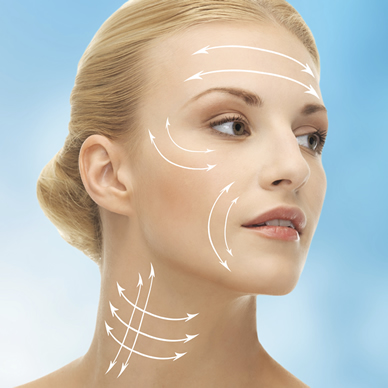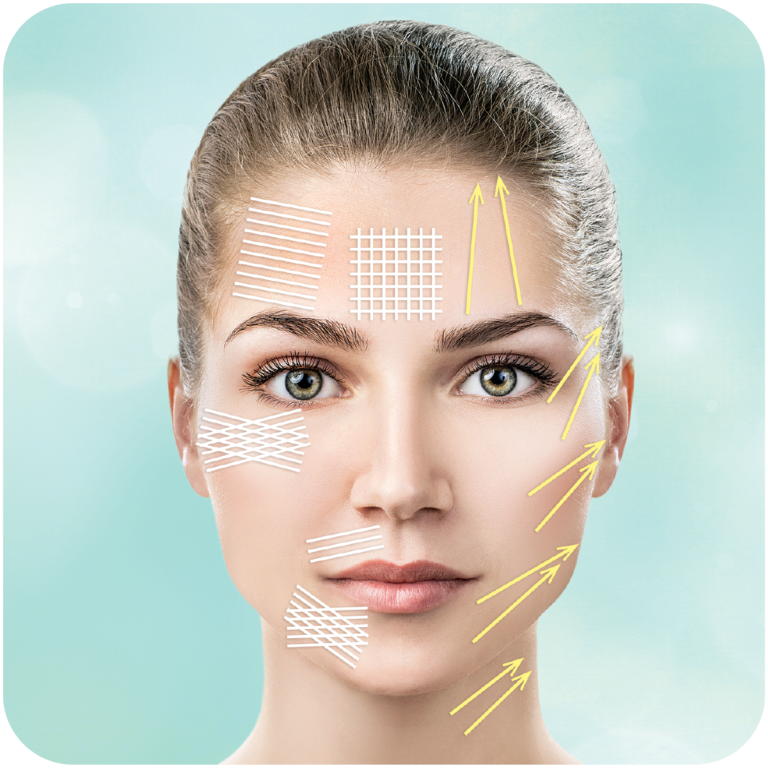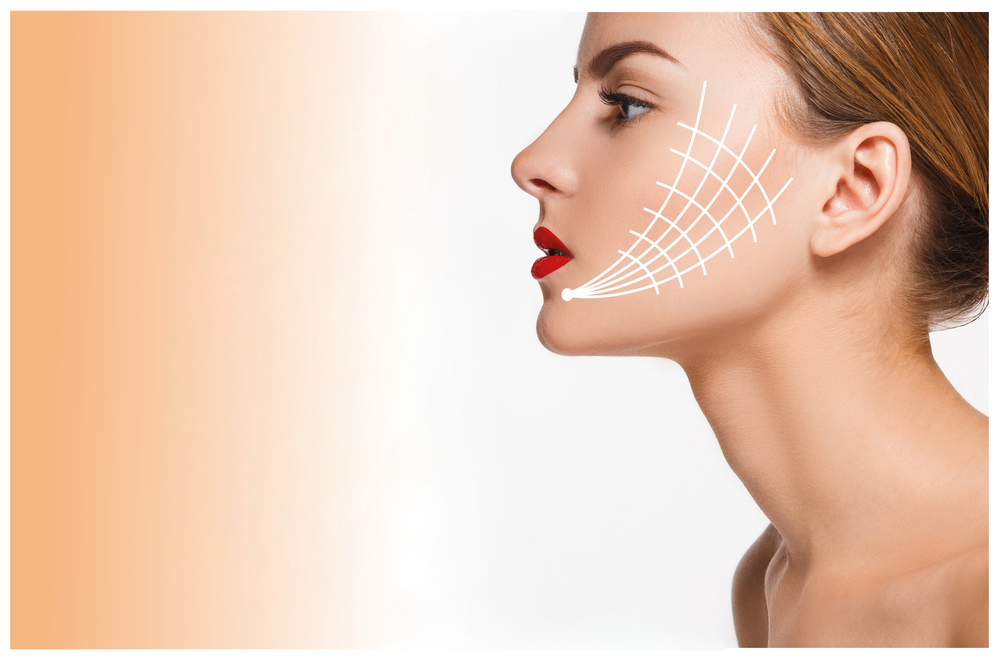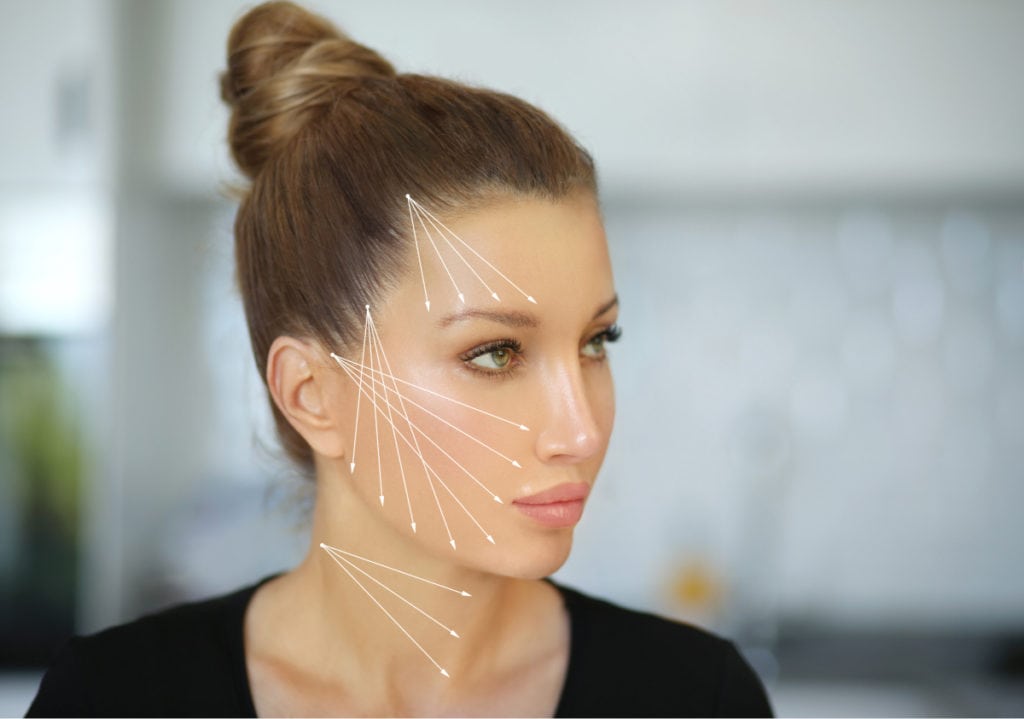When considering aesthetic enhancements, a common question arises among individuals: how many PDO threads do I need? The answer is not always straightforward, as several factors come into play. Understanding these elements can help you frame expectations and make informed decisions about your treatment options.
Table of Contents
ToggleUnderstanding PDO Threads

To grasp the necessity of PDO threads in cosmetic procedures, it’s essential to understand what they are and how they function within aesthetic treatments.
What are PDO Threads?

PDO threads, short for polydioxanone threads, are specialized sutures that have been used in surgical settings for years but gained popularity in non-surgical aesthetics recently. These threads are biocompatible and biodegradable, which means they can dissolve naturally within the body over time.
In cosmetic applications, PDO threads are utilized to lift and tighten sagging skin. They work by stimulating collagen production, resulting in enhanced skin texture and firmness. The procedure involves inserting these threads under the skin using a thin needle, where they anchor to the tissue and provide an immediate lifting effect.
PDO thread treatments have become a go-to choice for those seeking less invasive options compared to traditional surgical interventions. Their versatility allows them to be used on various facial and body areas, making them appealing to a broad range of patients.
The Mechanism of PDO Threads in Aesthetic Treatments

The mechanism behind PDO threads lies in their ability to stimulate neocollagenesis—the process of new collagen formation. When inserted beneath the skin, the threads create micro-injuries that trigger the body’s natural healing response. As the body repairs these injuries, it increases collagen production, leading to tighter, firmer skin over time.
The lifting effect provided by PDO threads is both immediate and progressive. While the threads offer instant support to the tissues, the real magic happens as collagen builds up around the threads over the weeks and months following the treatment. This dual-action makes PDO threads an attractive option for those looking to achieve natural-looking results without extensive downtime.
Types of PDO Threads Available

There are several types of PDO threads, each designed for specific purposes and outcomes. Understanding the different types will help you determine the most suitable option for your needs.
- Mono Threads: These smooth threads are primarily used for skin rejuvenation and improving texture. They do not provide a lifting effect but stimulate collagen production effectively. Mono threads are ideal for those seeking subtle improvements in skin quality rather than significant lifts.
- Cog Threads: These threads feature barbs or hooks that can grasp the surrounding tissues, allowing for a more pronounced lifting effect. Cog threads are typically used in areas requiring more support, such as the jowls or neck.
- Screw Threads: These threads are twisted together and are often employed for volumization in specific areas. They can provide additional fullness and structure, making them suitable for contouring the cheeks or other hollowed areas.
Each type serves a unique purpose, and understanding the distinctions helps guide the conversation with your practitioner when considering how many PDO threads do I need for desired results.
Factors Influencing the Number of PDO Threads Needed

Determining the right number of PDO threads for your treatment requires a thorough assessment of multiple factors. Each individual has unique characteristics that influence the outcome of their PDO thread procedure.
Individual Skin Characteristics

Your skin type plays a crucial role in how many PDO threads you may require. Factors such as skin thickness, elasticity, and overall health directly affect the treatment’s effectiveness. For instance, individuals with thicker skin may require more threads compared to those with thinner skin.
Additionally, the presence of aging signs, such as fine lines and wrinkles, may necessitate an increased number of threads to achieve optimal results. Assessing these characteristics during a consultation can help tailor the treatment to meet your specific needs.
Specific Areas of Treatment
Different areas of the face and body may require varying quantities of PDO threads. For example, areas like the jawline or nasolabial folds may need more threads due to the amount of lift required. In contrast, areas needing only slight rejuvenation, such as under the eyes, might require fewer threads.
Understanding the anatomy of the treatment area is vital—some regions may benefit from multiple threads placed strategically to achieve the desired lift and volume. Working with a professional can help map out an effective approach based on the areas you wish to treat.
Desired Results and Expectations
Another critical factor influencing how many PDO threads do I need is the desired result. Patients with realistic expectations regarding the outcome will find it easier to determine the proper number of threads.
If someone seeks a dramatic transformation, they may require a higher thread count than someone aiming for subtle improvements. Clear communication with your practitioner about your goals will enable them to assess your needs accurately and establish a suitable plan.
Age and Skin Elasticity
Age is another vital element in determining the number of PDO threads necessary for treatment. As we age, our skin loses elasticity, resulting in sagging and drooping. Older individuals may need more threads to counteract these changes effectively.
Conversely, younger patients with better skin elasticity may achieve satisfactory results with fewer threads. Understanding this relationship helps practitioners gauge how many threads may be appropriate based on the patient’s age and skin condition.
Common PDO Thread Treatments

PDO threads can be applied to various areas and situations, making them a versatile treatment option. Knowing the common applications can help you navigate your specific requirements.
Facial Lifting
Facial lifting is one of the primary reasons people seek PDO thread treatments. The procedure enhances the contours of the face by lifting sagging skin, particularly in the cheeks, jawline, and eyebrows.
This non-surgical facelift offers immediate results with minimal downtime, making it appealing to those who wish to rejuvenate their appearance without undergoing invasive surgery. The threads stimulate collagen production, contributing to longer-lasting effects after the initial lift.
Neck Tightening
As the skin ages, the neck often shows signs of aging before the face does. Loose skin and vertical bands can develop, making PDO threads an effective solution.
By strategically placing threads in the neck area, practitioners can create a lifted and tightened appearance, enhancing the overall profile. This treatment addresses common concerns while providing a smoother, more youthful neck.
Body Contouring
PDO threads aren’t limited to facial treatments; they can also enhance body contouring efforts. Areas such as the abdomen, thighs, and arms can benefit from the tightening effects of PDO threads.
Thread-lifting for body contouring involves inserting threads into the skin’s deeper layers, promoting natural tightening and lifting processes. This method can complement other body sculpting treatments, creating a more harmonious silhouette.
Assessing Your Needs for PDO Threads

Before embarking on any aesthetic treatment, assessing your specific needs is crucial. Proper evaluation will ensure that the treatment aligns with your goals.
Consultation with a Professional
Consulting with a qualified practitioner is the first step in assessing how many PDO threads do I need. During this consultation, you will discuss your aesthetic goals, medical history, and concerns.
A knowledgeable practitioner will evaluate your skin type, elasticity, and the areas you’d like to treat. This collaborative approach allows for a tailored treatment plan that meets your individual needs while aligning with realistic expectations.
Facial Analysis Techniques
Practitioners often employ facial analysis techniques to determine the best course of action regarding PDO thread placement. This analysis may involve visual assessments and digital imaging tools.
By analyzing factors such as symmetry and volume loss, practitioners can decide how many PDO threads are appropriate for achieving desired outcomes. This level of detailed assessment is key in optimizing the effectiveness of the treatment.
Developing a Personalized Treatment Plan
Once you’ve undergone a thorough consultation and analysis, your practitioner will develop a personalized treatment plan. This plan outlines the number and type of PDO threads required, along with the technique to be used.
Having a customized plan empowers patients with clarity and confidence in their treatment journey. It ensures that all aspects of the procedure align seamlessly with individual aspirations.
Benefits of Using PDO Threads

PDO threads offer numerous benefits that distinguish them from other aesthetic procedures. Understanding these advantages can clarify why many patients opt for this treatment.
Minimally Invasive Procedure
One of the most notable benefits of PDO threads is that they are minimally invasive. Unlike surgical facelifts, which require incisions, PDO threads are inserted through tiny punctures in the skin, resulting in minimal scarring and downtime.
Most patients can return to their daily activities shortly after treatment, making it an attractive option for those with busy lifestyles. The convenience of a minimally invasive option opens the door for many individuals who want to avoid lengthy recovery times.
Immediate Results
Patients often experience immediate results after PDO thread treatment. As soon as the threads are placed, lifting and tightening effects are visible. This immediate gratification can enhance patient satisfaction and encourage ongoing care.
However, it’s worth noting that while initial results are promising, the most significant improvements continue to develop as collagen production increases in the weeks following treatment.
Long-lasting Effects
Although PDO threads dissolve over time, the effects of treatment can last for several months to years, depending on individual factors. The collagen produced by the body in response to the threads provides enduring structural support, prolonging the aesthetic benefits.
Regular maintenance treatments can further enhance longevity, making PDO threads a sustainable option for maintaining a youthful appearance.
Typical Treatment Protocols

To maximize the benefits of PDO thread treatments, understanding typical protocols before and after the procedure is essential.
Pre-Treatment Recommendations
Before undergoing a PDO thread treatment, certain pre-treatment recommendations should be followed. It’s often advised to avoid blood-thinning medications, alcohol, and certain supplements that could increase the risk of bruising.
Patients should also communicate any allergies or sensitivities with their practitioner to ensure a safe experience. Preparing adequately for treatment sets the stage for optimal results and minimizes potential complications.
Post-Treatment Care
Post-treatment care is equally important in ensuring the success of PDO thread procedures. Patients should follow their practitioner’s guidelines regarding activity restrictions, skincare routines, and any follow-up appointments.
Common post-care practices may include avoiding strenuous exercise for a few days, refraining from facial massages, and keeping the treated area clean. Adhering to these recommendations can help patients achieve the best possible results and minimize side effects.
Risks and Considerations about How Many PDO Threads Do I Need

While PDO thread treatments generally produce positive outcomes, it’s essential to acknowledge potential risks and considerations associated with the procedure.
Potential Side Effects
Like any aesthetic procedure, PDO thread treatments come with risks. Common side effects may include swelling, bruising, redness, and tenderness at the injection sites.
While these effects are usually temporary and resolve within a few days, patients should be made aware of these possibilities during the consultation. Understanding the potential for side effects aids in managing expectations and reinforces the importance of choosing a qualified practitioner.
Contraindications for Treatment
Certain medical conditions may contraindicate PDO thread treatments. Individuals with active infections, bleeding disorders, or autoimmune diseases should consult with their doctor prior to considering this procedure.
Open discussions about medical histories and concerns help practitioners provide safe and effective treatment while minimizing risks.
Comparing PDO Threads with Other Aesthetic Options

Comparing PDO threads with other available aesthetic options provides valuable context for prospective patients. Understanding the differences can aid informed decision-making.
PDO Threads vs. Surgical Facelifts
One of the main comparisons drawn is between PDO threads and surgical facelifts. Surgical facelifts offer more dramatic and long-lasting results but involve longer recovery times and higher risks.
On the other hand, PDO thread treatments are minimally invasive and provide noticeable improvements with reduced downtime. However, the results may not be as dramatic as a facelift and typically require maintenance sessions for sustained effects.
PDO Threads vs. Dermal Fillers
Dermal fillers are another popular choice among individuals seeking facial volume restoration. Unlike PDO threads, which focus on lifting and tightening, fillers aim to restore lost volume in specific areas, such as the cheeks or lips.
Both treatments can complement each other, as fillers can address volume loss while PDO threads provide structural support. The decision between the two depends on individual preferences and desired outcomes.
Conclusion

In conclusion, the question of how many PDO threads do I need is inherently nuanced and requires careful consideration of various factors, including individual skin characteristics, treatment areas, desired results, and overall health.
Collaborating with a skilled practitioner ensures an accurate assessment and personalized treatment plan tailored to your unique needs. By understanding the benefits, risks, and available options, you can confidently embark on your PDO thread journey and embrace the opportunity for enhanced beauty and rejuvenation.
Contact us via other platforms if you have any questions or requests that need to be answered quickly.
Tiktok: www.tiktok.com/@lunabeautyacademy6
Hotline: 034 254 0228
Email: lunabeautyacademy@gmail.com
Address: No. 29, Alley 140/1/2, Lane 140 Nguyen Xien, Thanh Xuan, Hanoi
Luna wishes you success and hopes you will have the best experiences at the academy. If you need advice or answers about anything, please leave your Contact Information With Us, the Luna team will contact you soon. Thank you for reading this article.


















